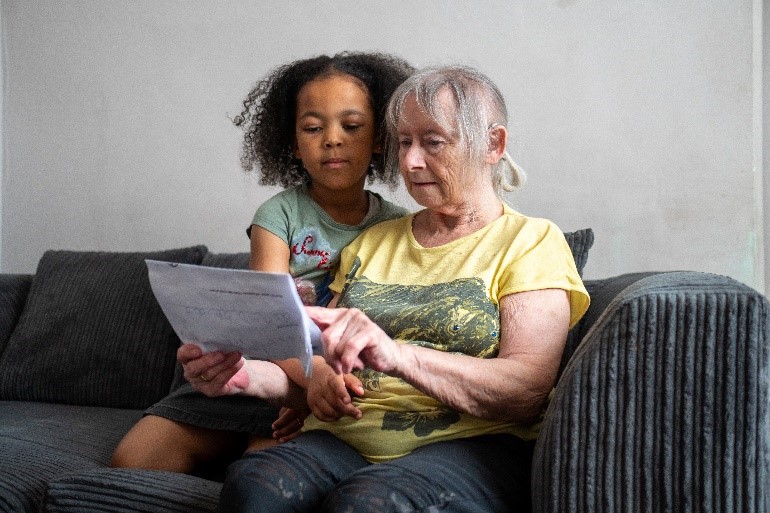Summary
In Wigan, a virtual ward supports people experiencing acute respiratory infections (ARI) in their own homes. We spoke to Wrightington, Wigan and Leigh Teaching Hospitals NHS Foundation Trust (WWL) about how the virtual ward works.
How does the acute respiratory infection virtual ward work?
We support people with respiratory tract infections who are referred to us while in the hospital. The virtual ward helps them return home earlier, as we can continue that care and support in the comfort of their own home.
We use our admission criteria and think about what we would need to put in place for them to go home safely, while managing their care effectively. We then get the patient’s consent and speak to their carer or relative about how it works.
We fit the person with a wearable remote monitoring device and a blood pressure cuff, give them some scales and a tablet and show them how to use it. All these items have an internet connection, so the person doesn’t need internet at home for it to work.
Once the person is home with their medication and equipment, we will make a further assessment and agree on their care going forward. Their care is personalised to them and may include some goals that we agree on with them, their carer(s), and their consultant. We monitor their health continuously based on how they look, how they feel (told through the daily video call), their symptoms, and what the devices feedback.
How have the people in your care found the virtual ward?
In February 2022, we supported 20 people with acute respiratory infections across Wigan. We have now seen and treated over 120 patients. 68% of all our virtual ward patients were supported by our ARI virtual ward, saving 720 acute bed days between February and August 2022.
We get patient feedback via a survey, which they can fill in anonymously. Patients told us they benefit from having more 1:1 time with their team and their clinician, feel valued and heard.
One patient said: “it’s an excellent service, someone at the end of a phone or video when I needed them, answering any questions I had, I just felt safe.”
Generally, the virtual ward patients feel they have more privacy, which is valuable when we’re talking about how to manage their health in the long term.
We have a low rate of patients readmitted to the hospital.
How did you recruit staff for your virtual ward?
Our ARI virtual ward team has 17 staff. We’re recruiting more staff at a band 5 level to help make the ward sustainable.
Most of our staff were redeployed to us from other parts of the hospital as part of the response to COVID. Many had experience of managing acute respiratory conditions. They had all taken the acute illness management course run by the Critical Care Institute.
How have the staff found working on the virtual ward?
Our team says they are satisfied with the level of care they can deliver, can care for every person as an individual and enjoy using digital channels as well as face-to-face contact.
What’s next?
We want to help more people avoid going to hospital in the first place. This involves being able to assess and diagnose people in the community, as well as expanding our team to include consultants with other specialties.
Do you have any top tips for others setting up a virtual ward?
- Join the virtual wards forum on NHS Futures (log-in required) and the weekly communities of practice webinars from 12-1 every Thursday (email to join). They will help guide you and connect you to the game-changers in our community.
- The more people involved, the more well-rounded, safe, and effective your virtual ward will be. Co-produce your model with your patients, their carers, clinical colleagues, specialist teams, primary, community, voluntary care – and so on.
- Data is king! You only know what you know.
- Get on every board or clinician meeting to showcase your model. Sell your virtual ward. The communities of practice and evidence area on the NHS Futures virtual wards forum will help you do this.
- It is the right thing to do for many of the people we care for – so have conviction.


